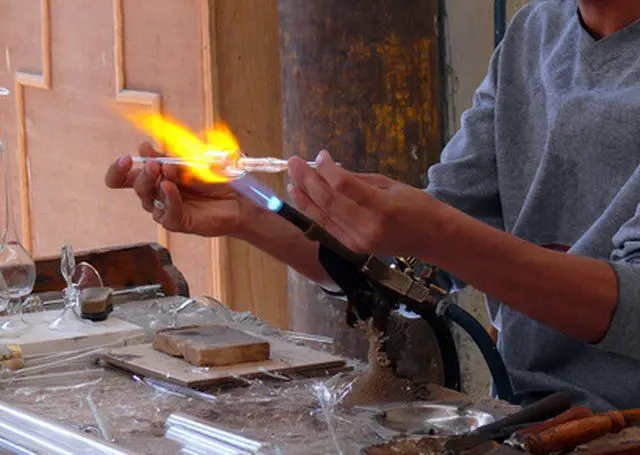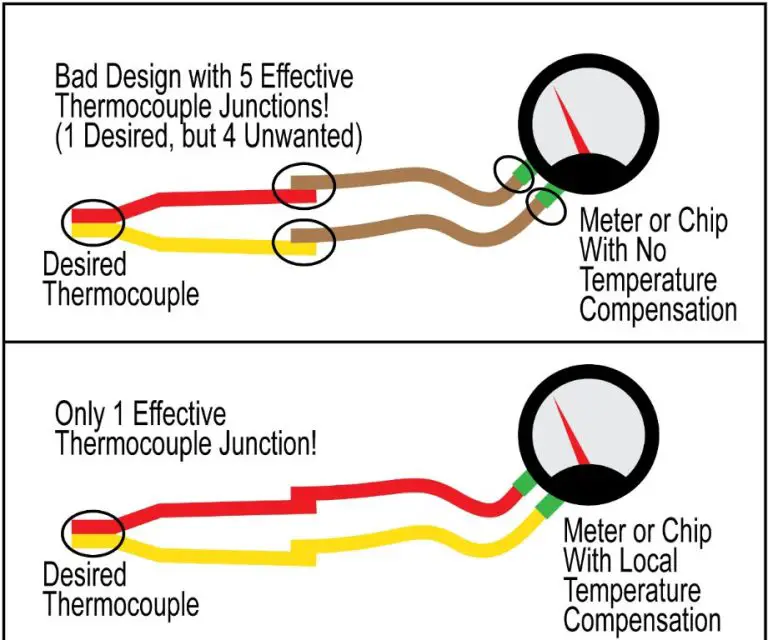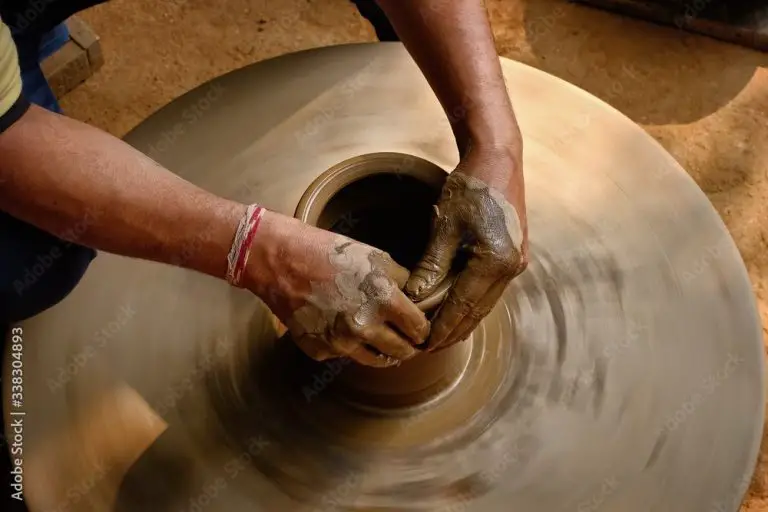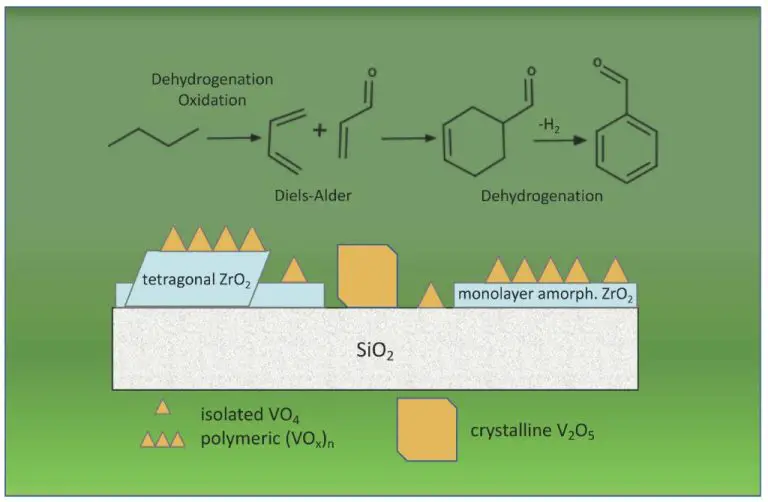How Do You Get Modelling Clay To Stick Together?
Modeling clay is a type of art clay that is made from different types of oils and waxes. It is popular for crafting and sculpting because it is pliable, easy to shape, and dries to a permanent, durable state. Unlike pottery clay that needs to be fired in a kiln, modeling clay simply air dries at room temperature. This makes it very accessible for creative projects, prototypes, jewelry, and more.
Some key benefits of modeling clay include:
- It can be shaped into any form imaginable and holds fine detail well.
- It doesn’t shrink or crack as it dries.
- It comes in a wide variety of colors.
- It’s reusable – any pieces can be kneaded back together.
- There is no baking required, it air dries at room temperature.
- It’s a good medium for teaching sculpting to children.
With its versatility and ease of use, modeling clay is a fun material for unleashing creativity and making unique arts and crafts.
Proper Storage
One of the most important things when working with modeling clay is to store it properly between uses. If clay is left out and exposed to air, it will start to dry out. As it loses moisture, modeling clay becomes stiff, brittle, and difficult to shape or combine together.
To prevent clay from drying out, it’s essential to store it in an airtight container or wrap it thoroughly in plastic wrap. This seals in moisture and keeps the clay soft and pliable for next time. An airtight plastic container or ziplock bag works well. Make sure to press out any air bubbles before sealing the container.
Wrap modeling clay in a generous layer of plastic wrap if storing in a ziplock bag. The plastic wrap helps prevent air pockets. For larger quantities of clay, use a plastic storage bin or container with an airtight lid.
Storing modeling clay properly helps retain its moisture, flexibility, and ability to bond. With proper storage, modeling clay will stay fresh and usable for months at a time between projects.
Moisturizing Clay
Clay can dry out over time, especially if it’s left uncovered or stored in a dry environment. As clay loses moisture, the bonding agents that allow it to stick together weaken. This causes the clay to become brittle and crumbly.
To moisturize dried out clay, start by kneading a commercial clay softener into it. Clay softeners contain ingredients like silicone oil or glycerin that help restore moisture. Work the softener thoroughly into the clay until it becomes malleable again.
You can also revive dry clay by mixing in just a few drops of water at a time. Add water sparingly and knead it in completely before adding more, since too much water can make the clay sticky. For extremely dried out clay, letting it soak in water briefly can rehydrate it.
Always keep unused clay in an airtight container or sealed bag to prevent moisture loss. Store clay in a cool, dry area away from heat sources that can bake out its moisture over time.
Kneading the Clay
Properly kneading modeling clay before beginning a project is one of the most important steps. Kneading warms up the clay by the friction of working it. It also makes the clay more malleable by evenly distributing moisture throughout. The warmth from kneading allows the modeling clay particles to move smoothly over each other when pressed or shaped.
Follow these tips for effective kneading:
- Knead clay thoroughly for 5-10 minutes before starting to work with it. The longer the better.
- Press into the clay with the palms of your hands, fold the clay over itself, and repeat.
- Use firm pressure and brisk motions to warm up the material.
- Knead until the clay is soft, pliable, and one consistent texture throughout.
Properly kneaded clay will be smooth, elastic, and easy to shape without cracking. Well-kneaded modeling clay makes the entire sculpting process easier and helps your finished pieces hold together better.
Using Clay Softeners
One of the easiest ways to get modeling clay to stick together better is by using a clay softener. Clay softeners work by adding a lubricant to the clay that allows the molecules to slide past each other more smoothly. This makes the clay more pliable and flexible, which in turn allows the clay to meld together seamlessly.
The two most common clay softeners are oil and glycerin. A small amount of vegetable, mineral or baby oil mixed into the clay will help soften it up. Glycerin can also be used – add just a few drops into the clay and knead it to distribute evenly. Both oil and glycerin work by coating the clay particles and enabling them to move more freely against each other. This allows the clay to stick together without crumbling or falling apart.
When using any softener, only add a small amount at a time. Too much can make the clay sticky or gooey. Knead the softener thoroughly into the clay until the clay is smooth, pliable and has the consistency you desire. The clay should still be firm enough to hold its shape. Test a small piece before adding more softener. Oils and glycerin allow clay to stick together incredibly well for detailed sculpting.
Applying Pressure
Properly applying pressure when joining modeling clay pieces together is crucial for getting a strong bond. When joining two pieces of clay, press the areas to be joined firmly together by squeezing and pushing the clay between your fingers and hands. Apply even and steady pressure across the entire joining surface to ensure there are no gaps or weak points in the bond. Using the heel of your hand to apply pressure can also help give an extra push when joining larger clay pieces. The key is to eliminate air pockets and get the clay to properly mesh together. Pressing too lightly will result in a weak bond, so don’t be afraid to push firmly. Applying the right amount of pressure when joining will result in clay pieces fusing seamlessly together into one solid piece.
Using Tools
Clay sculpting tools can help blend and fuse pieces of polymer clay together. Using various tools allows you to smooth seams between clay pieces and create cohesive sculptures and figures. Here are some clay tools that help with joining clay:
- Clay shapers – These silicone tipped tools allow you to blend clay without distorting the surface. Gently rubbing a clay shaper back and forth across a seam will help smooth and fuse the clay.
- Clay rollers – Rolling over seams with a acrylic roller can compress the clay pieces together for a tight bond. Vary the pressure as you roll to prevent thinning the clay.
- Clay blades and loop tools – Trimming excess clay with a blade and then smoothing with a loop tool brings uniformity across connected pieces.
- Ball stylus – For small-scale clay bonding, a ball stylus can roll over and mend cracks and gaps.
Applying even pressure while utilizing modeling tools allows you to blend polymer clay and form cohesive works. Take care not to overwork the clay, as too much manipulation can cause cracking. With the right techniques, clay tools help sculptors fuse clay seamlessly.
Baking Clay
Baking is an effective method for getting your clay creations to stick together in a permanent bond. When clay is baked in an oven, the heat causes a chemical reaction that hardens the clay. As the clay hardens, it fuses together into one solid piece.
During baking, the clay particles bond together irreversibly. The high temperatures create new chemical bonds between the molecules in the clay. This transforms the clay from a soft, pliable material into a hardened solid that holds its shape.
Most clays require baking temperatures between 275°F and 325°F. Check the package instructions for the optimal baking temperature and time for the specific clay you are using. Bake the clay until it has completely hardened. The length of baking time will depend on the thickness and size of your clay creation.
Baking hardens the clay all the way through. This gives the clay strength and durability to withstand pressure and handling without deforming. Once baked, the clay will not return to its soft, flexible state, so the pieces will remain adhered together permanently.
When baking multiple pieces of clay together, the heat fuses them into one cohesive unit. This allows you to build up a sculpture from separate components, bake it, and have a solid finished product. With baking, there is no need to worry about seams coming apart.
Using Liquid Clay
Liquid clay acts like a glue to help adhere pieces of polymer clay together. It works by melting the surfaces that it comes into contact with slightly, creating a strong bond as the clay hardens again.
To use liquid clay:
- Apply a thin layer of liquid clay to the surfaces you want to join.
- Press the pieces together firmly.
- Smooth over any excess liquid clay that squeezes out.
- Let it dry fully before baking.
Liquid clay is especially useful for:
- Attaching clay pieces that won’t stick well otherwise.
- Joining baked clay pieces when you can’t bake them again.
- Filling gaps between pieces.
Take care not to use too much liquid clay, as it can become visible or make too thick of a seam. A little goes a long way in creating strong bonds between polymer clay.
Troubleshooting
If you have some clay that has dried out and become hard to work with, there are a few tricks to try to get it soft and pliable again:
Soak in water – Place the hardened clay in a bowl of room temperature water and let it soak overnight. This rehydrates the clay and allows the moisture to penetrate. You may need to knead it for a bit in the morning to evenly distribute the moisture.
Use a clay softener – Products likeSoftener or glycerin can be kneaded into the clay to add moisture back in. Work it in thoroughly and let it sit awhile before using.
Add a bit of vinegar – The acetic acid in vinegar acts as a plasticizer to make the clay molecules slide together more easily. Knead in a teaspoon at a time until the clay softens up.
Heat in the microwave – Place hardened clay in a microwave-safe container with a bit of water. Microwave 5-10 seconds at a time, kneading in between, until it reaches a workable consistency.
With some patience and effort, old clay can usually be revived. Just add moisture back in through soaking, softeners, vinegar, or heat. Once softened, keep it properly sealed so it stays pliable.





